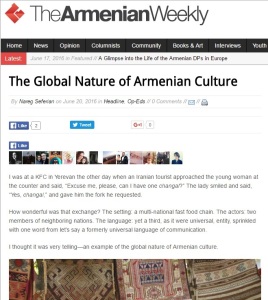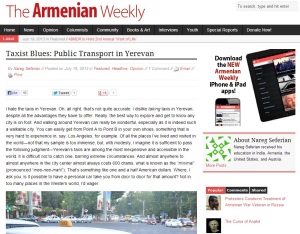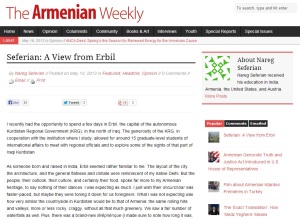 2017 Armenian Parliamentary Elections: Observations on Observations
2017 Armenian Parliamentary Elections: Observations on Observations
I had the honor and pleasure of serving as an interpreter for visiting European observers during the 2017 Parliamentary Elections held in Armenia on April 2. It was a long, exhausting day. But I shouldn’t complain, because those election monitors who stayed for the final count definitely got far less sleep than me that night. All in all, it was a fascinating experience—one from which I learnt a great deal.
Long before I had much of an idea about political philosophies or voting processes, I served as an all-day observer at a single polling station in Yerevan during the Parliamentary Elections in 2007. That was not a very positive experience, in part due to logistical reasons—staying in one single room from seven am one morning to six am the following morning with little access to food or water was no fun. Also, I had not been trained very well and didn’t know what violations to look out for. I would have been unable to handle any confrontations. Luckily the voting at my polling station passed by almost without incident that time.
 The Global Nature of Armenian Culture
The Global Nature of Armenian Culture Speaking the Language of the International Community
Speaking the Language of the International Community





